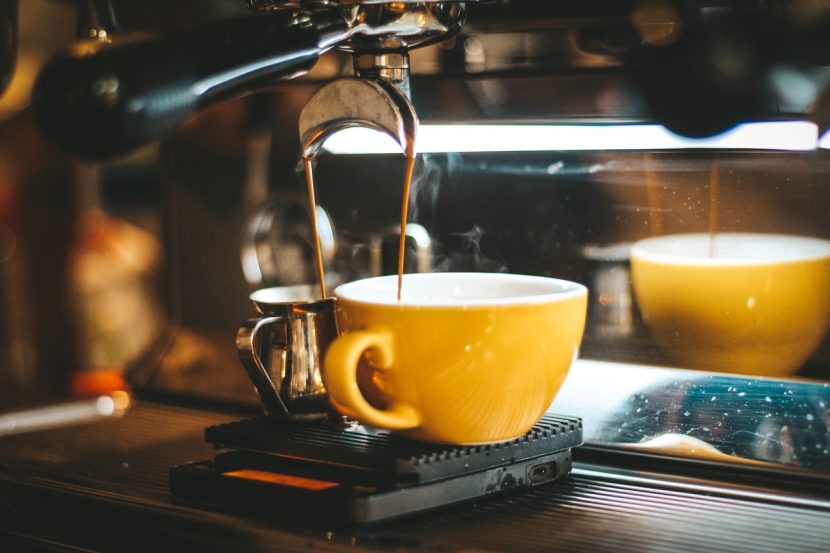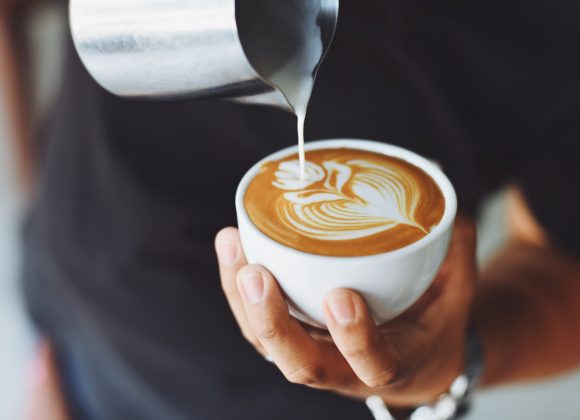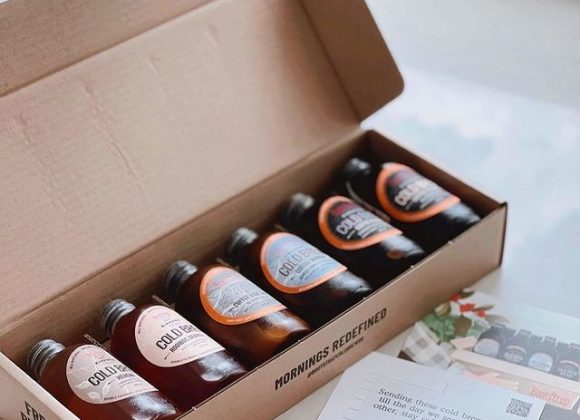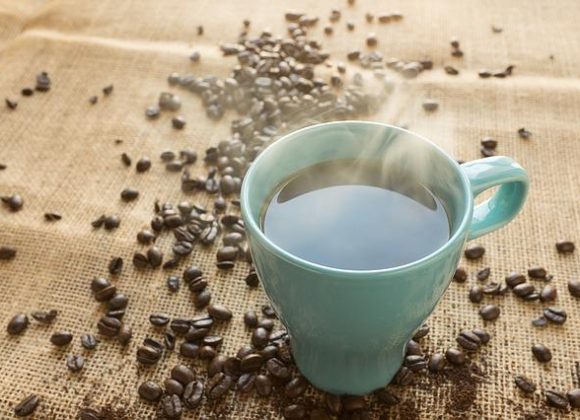Coffee brewing methods have advanced rapidly in recent years. People can now make barista-quality coffee in their own kitchens using drip coffee techniques and cold brew methods. When it comes to home brewed coffee, it’s more than just pouring hot water into the coffee bed and letting it brew. For example, in drip coffee methods, you must consider the grinding sizes and brewing time to ensure that the gravity from pouring water is present rather than simply forcing the water to pass through the coffee ground.
Then there’s the question of how to brew coffee at home, and how to make the best ones. Follow our six steps and you’ll be well on your way to improving your home-brewed coffee.

1. Use fresh, whole bean coffee
There is no doubt that fresh whole bean coffee produces flavorful cups of coffee. When compared to ground coffee that has been packed for a long time, fresh whole bean coffee retains its delicate flavors when it is grinded right before your brew. Ground coffee, on the other hand, has lost many flavors because the degassing process escapes from the grinding process and comes into contact with the surface when packing the coffee ground. When making brewed coffee, it is always best to use freshly ground coffee from fresh whole bean coffee.
2. Get to know the ratio
The brew ratio is the ratio between the weight of the coffee and the weight of the water. Assume the ratio is 1:15, which means one gram of coffee for every 15 ml of water. So, if you use 15 g of coffee, you should use 225 ml of water. A 1:15 ratio is known as a very tight ratio, and it produces an intense, bright cup of coffee.
You now understand that ratio is at the heart of brewed coffee. It becomes the most important factor in determining the final strength and flavor of the cup.
3. Use a scale
As previously stated, ratios influence the quality of your brewed coffee. You may have heard that two tablespoons for every 6oz of water, or 5 grams equals one level tablespoon. Coffee beans vary in size and density. Using tablespoons to measure coffee beans or ground coffee may result in inaccurate measurements. Using a scale allows you to measure by weight (rather than volume), which ensures that no matter what coffee you’re using, you know exactly how much is going into your cup.
4. Use a burr grinder
A great grinder is one of the most important tools in brewing coffee. The particle size of ground coffee determines how quickly flavors are extracted from the beans, with smaller particles extracting faster than bigger particles. When you brew coffee, you want all of your grounds to be about the same size, so all of the particles brew at the same rate.
Being able to control the exact size of your ground coffee gives you a lot more control over the brewing process. With burr grinders you can do exactly that; they make it incredibly easy for you to repeatedly produce a very specific grind size.
5. Get to know the grinding sizes
Look at the brewing time and taste the coffee to determine the grinding size. Grinding sizes, however, depending on the brewing method. For example, famous Japanese pour over methods require a table salt grinding size. Meanwhile, Turkish coffee necessitates extremely fine grinding. When brewing coffee, we normally aim for 2 minutes and 30 seconds to 3 minutes. If the coffee brews too quickly, the grind was too fine. If it takes too long to brew, it’s because the grind was too fine. Additionally, if a coffee tastes too acidic or sour, the grind was probably too coarse, and if it tastes too bitter, the grind was probably too fine.
6. Set the water temperature
To extract the best flavors from your brewed coffee, the water you use to brew it must be at the proper temperature: between 195 and 205 degrees F. If the water is too cold, the coffee brews more slowly. If the water is too hot, the coffee takes longer to brew and has a bitter taste. As a result, we can conclude that water temperature influences what is extracted. Colder water below 195 degrees Fahrenheit produces too acidic coffee, while water above 205 degrees Fahrenheit produces only unpleasant and bitter coffee. Brewing in that sweet spot brings out the sweetness and complexities of our coffees while avoiding the extraction of unnecessary bitter flavors.
To measure the temperature of your coffee, we recommend using a thermometer (manual or digital). If you don’t have one, boil your water for 30 to 60 seconds to achieve the desired temperature range.





